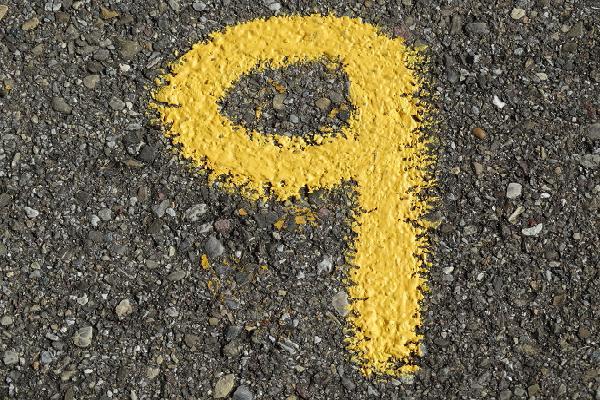Numberphile: Neu and neun – New and nine
Have you ever wondered why they sound so similar despite having seemingly little in common? It’s time for a little etymological journey. Including a journey over all of your eight fingers.
Wait, what? All of my eight fingers? We’ll get to that, first things first: My fascination for the number nine. In German it is referred to as neun, and it sounds similar to the word for ‘new’, neu. If you happen to know any other Indo-European languages, you might have noticed that the words for nine and new are somewhat similar. Let’s have a look at some languages:
English nine new
German neun neu
Dutch negen nieuw
Swedish nio ny
Danish ni ny
Icelandic níu nýr
French neuf neuf
Italian nove nuovo
Spanish nueve nuevo
Latin novem novis
Kurdish neh nû
Persian noh now
(See the entry for nine in Wiktionary)
Across all these languages we find a striking similarity to the respective words for ‘new’. Doesn’t this make you wonder what’s so inherently new about the number nine? (Oh and by the way, yes! Kurdish and Persian (also known as Farsi) are indeed Indo-European languages and share a great deal of similarities with English and German.)

Now stop nodding for a moment and take a look at your hands. Ideally you’ve got five fingers on each hand, so when you count objects in front of you, you can use these fingers to represent one object each. Five fingers times two, that’s ten, so using both of your hands combined can “hold” ten objects, so to speak. For any quantities higher than that you’ll need a new set of hands, so you’d go “one set of hands plus one”, giving you the number eleven (which also is an interesting word to have a closer look at another time). If you choose to go with this finger-procedure, there it is: the base-10 (or “decimal”) number system that is so ubiquitous today.
Base-10 is, however, merely one of several systems to count in. For us who have grown up in a base-10 world, it might seem like the one and only system there is, but behold. The fact that the words for the number nine in so many Indo-European languages is similar to the word for ‘new’ is evidence that the people back then used a different way of counting.
Above I stated that the hand has five fingers attached to it: Index finger, middle finger, ring finger, little finger and the thumb. But wait… Did you spot the odd man? The only finger that’s not explicitly referred to as a ‘finger’ is the thumb.
The little finger is often referred to as ‘pinkie’ or ‘pinkie finger’, but ‘thumb finger’ sounds just awkward. The same goes for German: Zeigefinger (‘index finger’), Mittelfinger, Ringfinger, kleiner Finger (‘little finger’), but Daumen (‘thumb’) stands out as separate. It seems that, for some reason, our ancestors didn’t quite consider the thumb as a finger. For further discussion on the thumb being a finger or not, check out this article and video by Oxford Dictionaries.
Which this kind of mindset in place, you’ll be able to count up to eight objects, after which one set of hands is depleted, and you’ll need a new set of hands for any quantities greater that 8. Every set of hands thus represents eight things. Welcome to the base-8 number system! In this way of counting there is no concept of the number nine: Nine objects are just one set of hands plus one. So formally there is no difference compared to base-10. For base-8 people the number nine is a novelty, so this might be why they referred it as “new (number)”.
These are, however, merely pieces of evidence as to how our present number system came about linguistically, and it remains scientifically disputed. Nevertheless, I have found this topic quite fascinating as it gives us an idea of the immense creativity of mankind throughout history and, in turn, provides us – the modern, reading, speaking, working human beings – with fresh perspectives outside the box.
